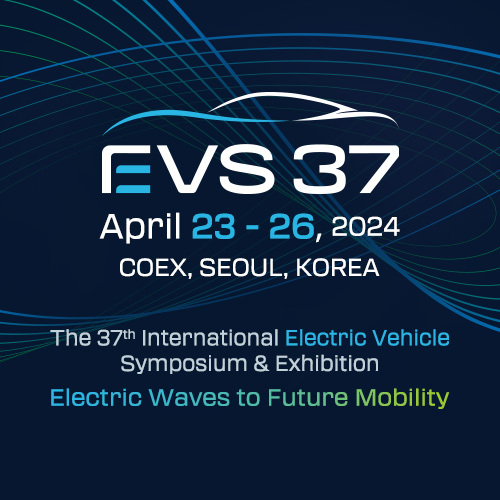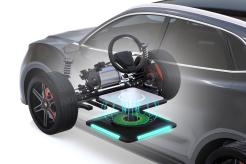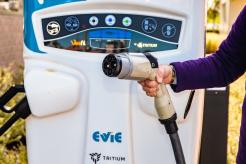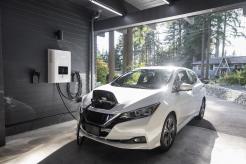Everyone knows that solar power is a highly sustainable source of electricity, and the cost advantages can be enormous. Beyond those two facts, however, questions abound. Here are answers to questions frequently asked by EV owners about solar EV charging.

(Image source: Energy Sage, via BuildWithRise.com)
How do solar charging stations work?
Solar panels convert sunlight into DC (direct current) electricity. A connected inverter changes the DC electricity received from the solar panels into the AC (alternating current) electricity needed for EV charging. The AC electricity goes to a distribution board to be used by power devices, and any surplus electricity is stored in a battery or fed to the grid for use by others.
A smart EV charger takes the solar-generated AC electricity and charges your EV directly from the distribution board or a battery. The charger can use 100% solar power or a combination of solar and grid power to achieve the desired charging speeds. When AC power flows into your EV through the charging cable, your EV’s onboard charger converts it back into DC electricity.
What are the benefits of having solar EV charging stations?
Although most people think that the benefits of a solar EV charging station revolve around sustainability and cost savings, there are six primary benefits:
Energy Costs: Solar-generated electricity is almost universally less expensive to purchase than that obtained from any grid in the U.S. Many people find that their monthly power bills drop by as much as half.
Net Metering: Electricity generated by solar panels during the day can be pushed to the grid for credit against your power usage. If you can push more power to the grid than you use yourself, you can sell the surplus to the utility provider at a profit.
Zero Carbon Footprint: Between 40-80% of national grid power in the U.S. is still manufactured from fossil fuels and other non-renewable energy. However, a home solar EV charging station guarantees a 100% carbon-neutral footprint.
Convenience: Public charging stations can be inconvenient, particularly in areas that don’t have very many. Even a home-based station can be problematic if powered off the grid and there’s an outage. Home solar charging stations are the ultimate convenience and provide insurance against grid outages.
Tax Credits and Incentives: There are several Federal, State, and Local tax credits and incentives for EVs, EV charging, and solar EV charging. Start your search with the U.S. Department of Energy’s Alternative Fuels Data Center.
Increased Property Value: Studies show that homes with installed solar systems sell more quickly and at a higher price than homes that don’t. According to the National Renewable Energy Laboratory, home values increase by $20 for every $1 that a home solar system saves the homeowner on their electrical bills. The Zillow real estate website calculates that homes with solar panels sell for an average of 4% higher than those without them.
How can I charge my EV at home using solar panels?
Charging your EV with solar panels is more complex than just installing the solar panels on your roof and then plugging them into your car. You need a solar panel system designed for EV charging. A typical setup includes:
- Solar panels mounted on your roof in metal racks
- A central string inverter combining DC output to AC, or micro-inverters that convert each panel’s output to AC and send it to a combiner box
- A Level 2 EV charger
Many vendors specialize in installing home solar systems to power households and electric vehicles. Three better known include Freedom Solar (12 locations nationally), Sunpower Solar, and Sunnova (both servicing all 50 states). For DIYers, Electric City outlines a six-step process for installing a solar at-home EV charger.

(Image source: SolarTribune.com)
How many home solar panels does it take to charge an EV for daily use?
The exact number of panels it takes to charge your EV at home depends on four major factors:
- How many miles do you drive on an average day
- How many hours of sun do you get on an average day
- The wattage of your solar panels
- Your EV’s fuel efficiency
You own a Tesla Model Y and drive it about 37 miles on a typical day. The rated fuel efficiency of a Tesla Model Y is 3.82 miles per kWh. The area you live in gets an average of 4.5 hours of sunlight daily. You’ll need to install six solar panels (each 400w) to provide the necessary power to charge your Tesla at home.
Say that, instead of a Tesla Model Y, you drive a 2014 Toyota RAV4. The Toyota has a rated fuel efficiency of 2.17 miles per kWh. With all other factors matching the Tesla example above, you would need ten 400w solar panels to produce enough power to charge your EV for daily use.
More information on calculating the number of panels needed to handle both home power needs and EV charging requirements is available at TheSolarNerd.com.
How long does it take to charge an EV using solar panels?
Not surprisingly, the answer to this question varies significantly based on solar panel wattage, type of solar panel controller, battery AMPs, battery discharge depth, and more.
For example, let’s say you are charging a 12V 50Ah lithium battery that’s 80% discharged. You’re using a 100W solar array with an MPPT controller. You need six peak sun hours to charge your battery fully. If your location gets three peak sun hours daily, you’ll need two days to achieve a full charge.
FootprintHero.com offers two handy resources:
- A charging time calculator that determines the number of peak sun hours you will need for your specific parameters
- A peak sun hours calculator that determines the average peak sun hours received by your location
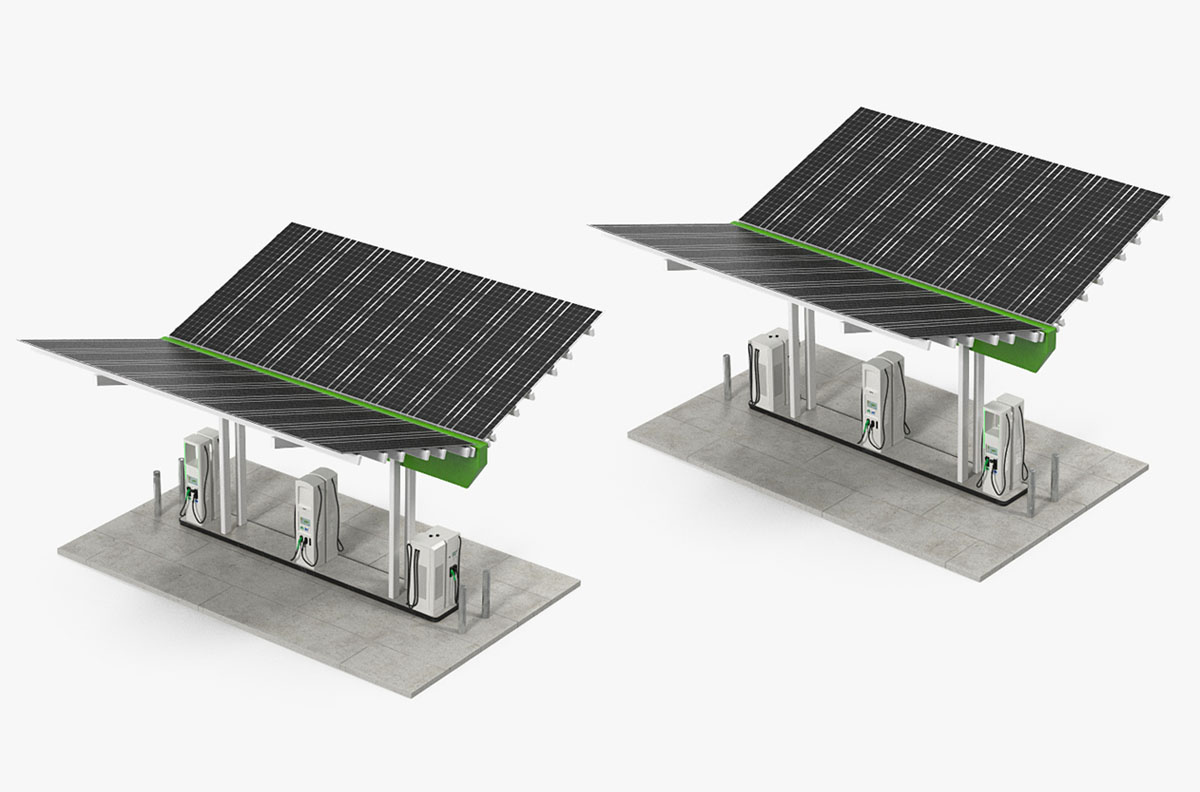
(Image source: PiwinEnergy.com)
What’s the best time to charge an EV with solar panels?
You want to charge your EV at the time of day that maximizes both the financial return and environmental benefit of your solar panels. This time depends on whether you have a time-of-use (TOU) plan with your electric utility company or a Net Metering/Net Billing plan.
With a TOU plan, the rate homeowners pay for electricity depends on what time they use it. Rates are less during times of lower demand. Net Metering plans give solar homeowners credit for excess power they produce that’s dumped into the grid based on the retail rate. Another option, Net Billing plans, pay the homeowner based on the wholesale rate.
The best time to charge your EV is based on the type of plan you have. Here are the rules of thumb:
- Net Metering plan with TOU – Charge during off-peak hours (usually overnight).
- Net Metering without TOU – Charge at any time of day, but doing so during off-peak hours will minimize carbon intensity.
- Net Billing with TOU – Charge during off-peak hours if the savings are greater than the difference between your retail and wholesale rate; otherwise, charge when your panels are producing power (while the sun’s out).
- Net Billing without TOU – Charge when your solar panels are producing power.
Most late-model EVs can be set to charge automatically at a specific time, making it easier for owners to target lower-cost periods. If your EV doesn’t, you can buy an EV charger with a built-in timer.
What are portable solar panels for EV charging?
Portable solar panels for EV charging are small, lightweight options for EV owners who want to charge their vehicles at home without installing a permanent solar panel system.
Portal panels are easy to install, needing little more than a connection between the panel and your EV battery. For that reason, you can charge your EV from anywhere you go using cheap, renewable solar energy. Like a permanent solar panel system, portable solar panels use photovoltaic cells to absorb the sun’s energy and convert it into electricity.
Light Tower Pro lists a variety of the best portable solar panels for EV charging. These include models by well-known manufacturers, including Bluetti, EF Ecoflow, Goal Zero, Jackery, Renology, and Rockpals.
What are off-grid solar EV chargers?
Off-grid solar EV chargers store solar-generated power in batteries for use on demand to charge electric vehicles. They do not require plugging into the grid.
Unlike portable solar panels, which are small and lightweight, off-grid solar EV chargers are usually close to the length and width of a full-size automobile, accompanied by a box-like structure containing the storage batteries.
The power generated and sold is usually less expensive than power purchased from the grid, especially during peak periods.
What are the best EV charges for solar panels?
Some of the highest-rated EV charges for use with solar panels are listed below, linked to Amazon listings where you can learn more about each:
- Autel Home Smart Electric Vehicle (EV) Charger
- ChargePoint Home Flex Electric Vehicle (EV) Charger
- PRIMECOM Level 2 EV Charger
- LEFANEV 32A 7.68KW EV Charger Level 2 Station
- MUSTART TRAVELMASTER Level 2 Portable EV Charger
- JuiceBox 32 Smart Electric Vehicle (EV) Charging Station with WiFi
 (Image source: ChargePoint)
(Image source: ChargePoint)
Interested in learning more about EV Charging infrastructure? Join us at the upcoming EV Charging Summit & Expo!
Featured Image by Freepik.

